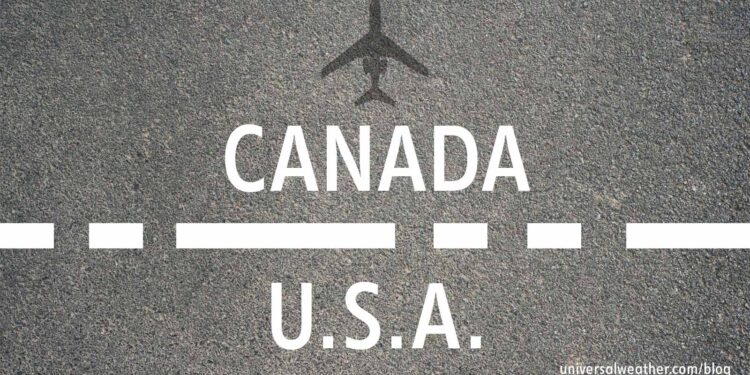ATS Route Changes for U.S. and Canada: Part 2 – Impact on General Aviation

This article continues from our article last week, entitled “ATS Route Changes for U.S. and Canada: Part 1 – What, When, & How.”
There’s a risk that some flight planning programs used by business aviation will not be fully updated and in compliance with new routing mandates as of November 13. It’s best to check and confirm with your 3rd-party provider or in-house scheduling department that flight planning systems are fully updated with the changes.
The following is an overview of what you need to know:
1. Operator impact
As many existing jet airways were deleted and/or replaced with Q routes, it’s important to ensure that your flight planning system be updated to reflect all routing changes effective November 13, 2014. Be mindful that these upcoming changes impact not only airways but in some cases certain Standard Instrument Departures (SIDs) and Standard Terminal Arrival Routes (STARs).
2. Route change details
As of November 13, 2014, there were jet airway deletions within the following regions:
- Toronto
- Moncton
- Boston
- Cleveland
- Indianapolis
- Memphis
- Minneapolis
- Washington, D.C.
Within the U.S. numerous jet airways were removed and replaced with several hundred new Q routes for RNAV purposes while other jet airways were tweaked as needed. Several popular jet airways that business aircraft operators used for 30+ years have been replaced. In addition there are some associated changes to RNAV SID and STAR procedures at Toronto (CYYZ), Bedford (KBED), Baltimore-Washington Intl (KBWI), and Chicago O’Hare Intl (KORD).
3. Understanding Q routes
Q routes are fixed RNAV routes. To use these routes, operators must be equipped and certified for RNAV. Q routes offer more efficient use of airspace, compared to the jet airways being replaced. With Q routes there is less traffic separation and less potential for conflict. Waypoint spacing on Q routes will range from 12 to 500 nautical miles. It’s more important than ever to ensure that the International Civil Aviation Organization (ICAO) section of your flight plan accurately notates your RNAV capabilities/equipment.
4. Caution is advised when filing flight plans after November 13
Depending on the flight planning system you’re using, these newly implemented routings may or may not have been updated within the system. If the wrong routes are filed, air traffic control will reject your flight plan, and this could cause delays because of having to refile.
Conclusion
It’s recommended that General Aviation (GA) operators read about all routing changes that went into effect November 13. We anticipate similar routing changes to cover the remainder of the U.S. in the future. When this will take place, however, remains unknown. The good news for GA operators is that the new routings, a step toward a future NextGen operating environment, will be a positive factor in terms of aligning flights closer to great circle and expanding capacity of high-use airspace.
Questions?
If you have any questions about this article or would like flight planning assistance on your next trip, contact me at markmiller@univ-wea.com.




